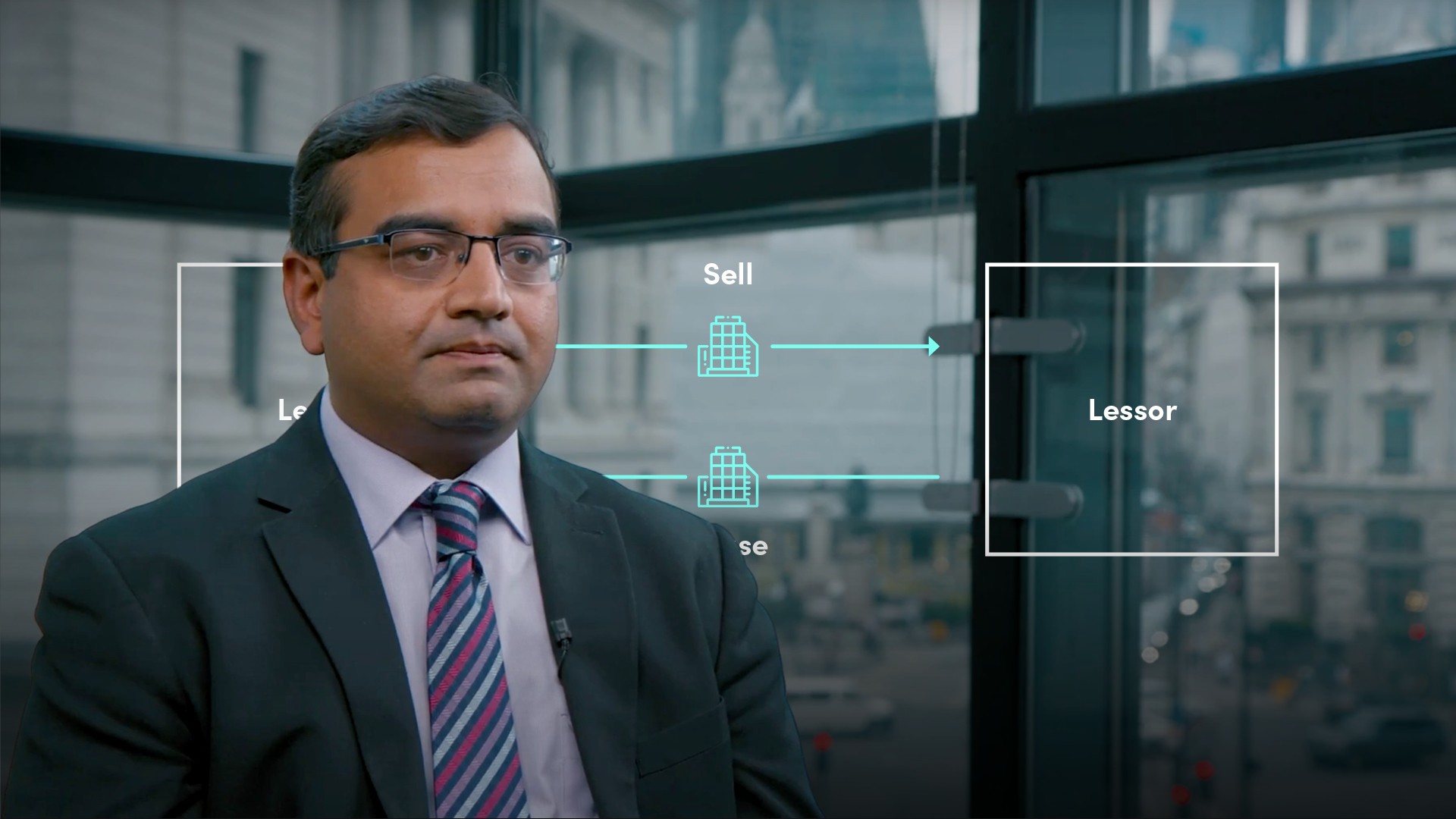
IFRS 16 Measurement of a Lease

Saket Modi
20 years: Chartered accountant & educator
In IFRS 16 Leases Part I, Saket Modi explained what a lease was, service components that may accompany a lease, optional exemptions and leaseback transactions. In part II of this series, Modi will explain measurements of a right-of-use asset, lessor accounting, and how to measure lease liability.
In IFRS 16 Leases Part I, Saket Modi explained what a lease was, service components that may accompany a lease, optional exemptions and leaseback transactions. In part II of this series, Modi will explain measurements of a right-of-use asset, lessor accounting, and how to measure lease liability.

IFRS 16 Measurement of a Lease
6 mins 24 secs
Key learning objectives:
How is the lease liability measured?
How is the right-of-use asset measured?
What could the subsequent measurement of the right-of-use asset be at?
What is a financial lease, and an operating lease?
Overview:
In this video, Saket outlines the measurement process for a right-of-use asset and the lease liability. The lessee recognises the right-of-use asset and lease liability at the commencement date. Additionally, a lessor classifies a lease as either a finance lease or an operating lease.
How is the lease liability measured?
The lease liability is measured at the present value of lease payments not paid at that date. The payments should be discounted using the interest rate implicit in the lease, if that is not available, the lessee’s incremental borrowing rate.
What payments should be included in measuring the lease liability?
- Fixed payments, less any lease incentives receivable
- Variable lease payments that depend on an index or a rate
- Amounts expected to be payable by the lessee under the residual value guarantees
- Exercise price of a purchase option if the lessee is reasonably certain to exercise that option
- Payments of penalties for terminating the lease
What is not included in measuring the lease liability?
Variable payments based on usage or performance of the underlying asset, for example, rent based on turnover are not included in measuring the lease liability. These are recognised as expenses in the relevant periods.
How is the lease liability adjusted after the commencement date?
- Increase carrying amount to reflect interest calculated using either the rate implicit in the lease or the lessee’s incremental borrowing rate on the lease liability
- Reduce carrying amount to reflect the lease payments made
- Remeasure to reflect reassessment of term, purchase option or lease modifications
How is the right-of-use asset measured?
At the commencement date of the lease, the right-of-use asset is measured at:
- Amount of initial measurement of lease liability
- Any lease payments made at or before the commencement date, less any lease incentives received
- Any initial direct costs incurred by the lessee
- Estimate of the costs to be incurred by the lessee in removing the underlying assets, restoring the site on which it is located or restoring the underlying assets to the condition required by the terms and conditions of the lease
What could the subsequent measurement of the right-of-use asset be at?
- Cost
- Revaluation - if the right-of-use asset is in a class of Property, Plant and Equipment to which the revelation model is applied under IAS 16 Property, Plant and Equipment
- Fair Value - if the right-of-use asset meets the definition of an investment property and chosen policy under IAS 40 Investment Property is the fair value model
If the cost model is used, what should be done after the commencement date?
- Measure the right-of-use asset at cost less accumulated depreciation and accumulated impairment
- Adjust for remeasurement of lease liability to reflect reassessment or lease modification
What is a financial lease?
A financial lease is one that transfers substantially all the risks and rewards incidental to ownership of an underlying asset.
In a financial lease, what is the lessor required to do?
- Derecognise the assets transferred to the lessee
- Recognise a lease receivable at an amount equal to the net investment in the lease, this is the gross investment in the lease discounted at the rate implicit in the lease
- Recognise interest income at a constant periodic rate on the net investment in the lease
- Deduct rentals received from the lease receivables
What is an operating lease?
In an operating lease, the assets transferred to the lessee continues to be recognised in the statement of financial position of the lessor and depreciated over its useful life. The rental income is recognised in the income statement.

Saket Modi
There are no available Videos from "Saket Modi"

